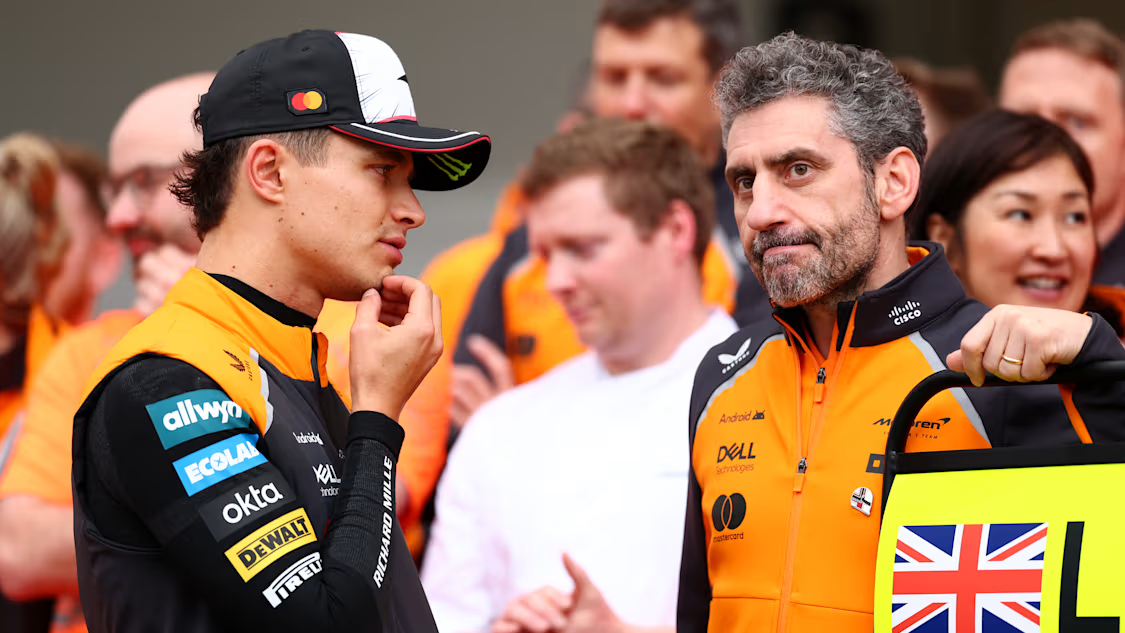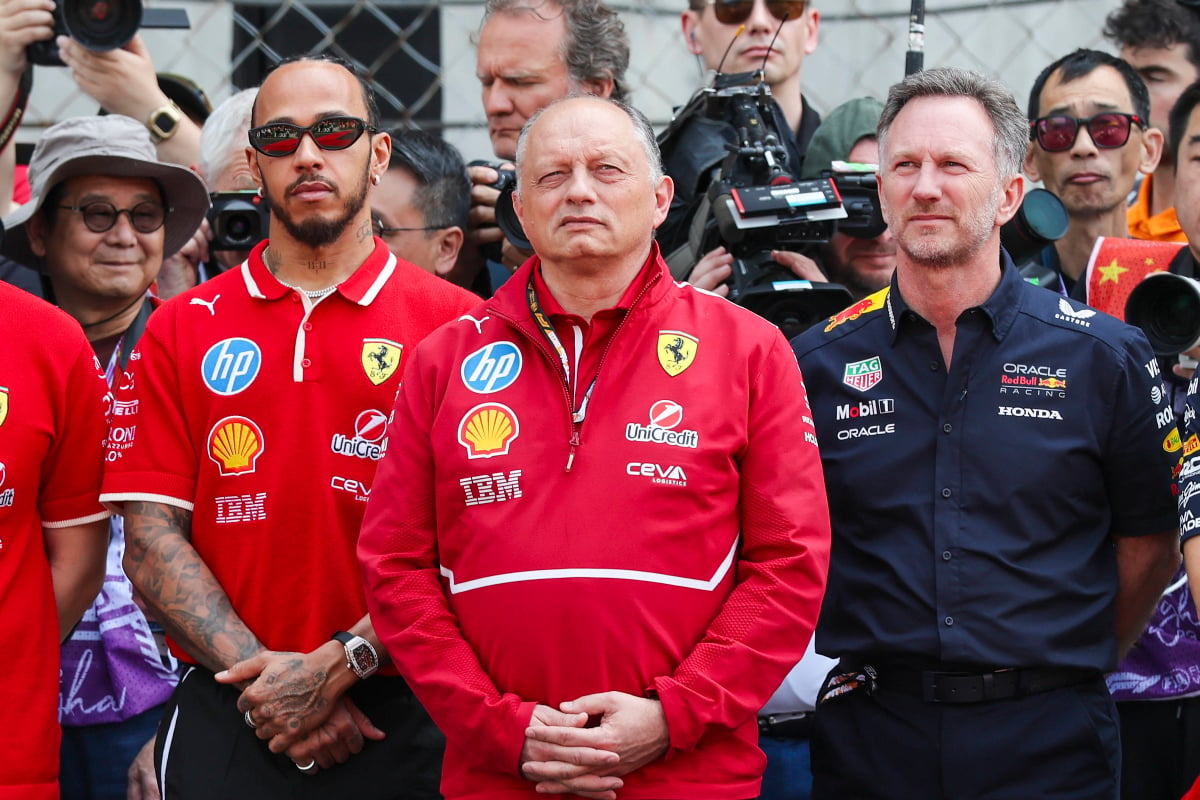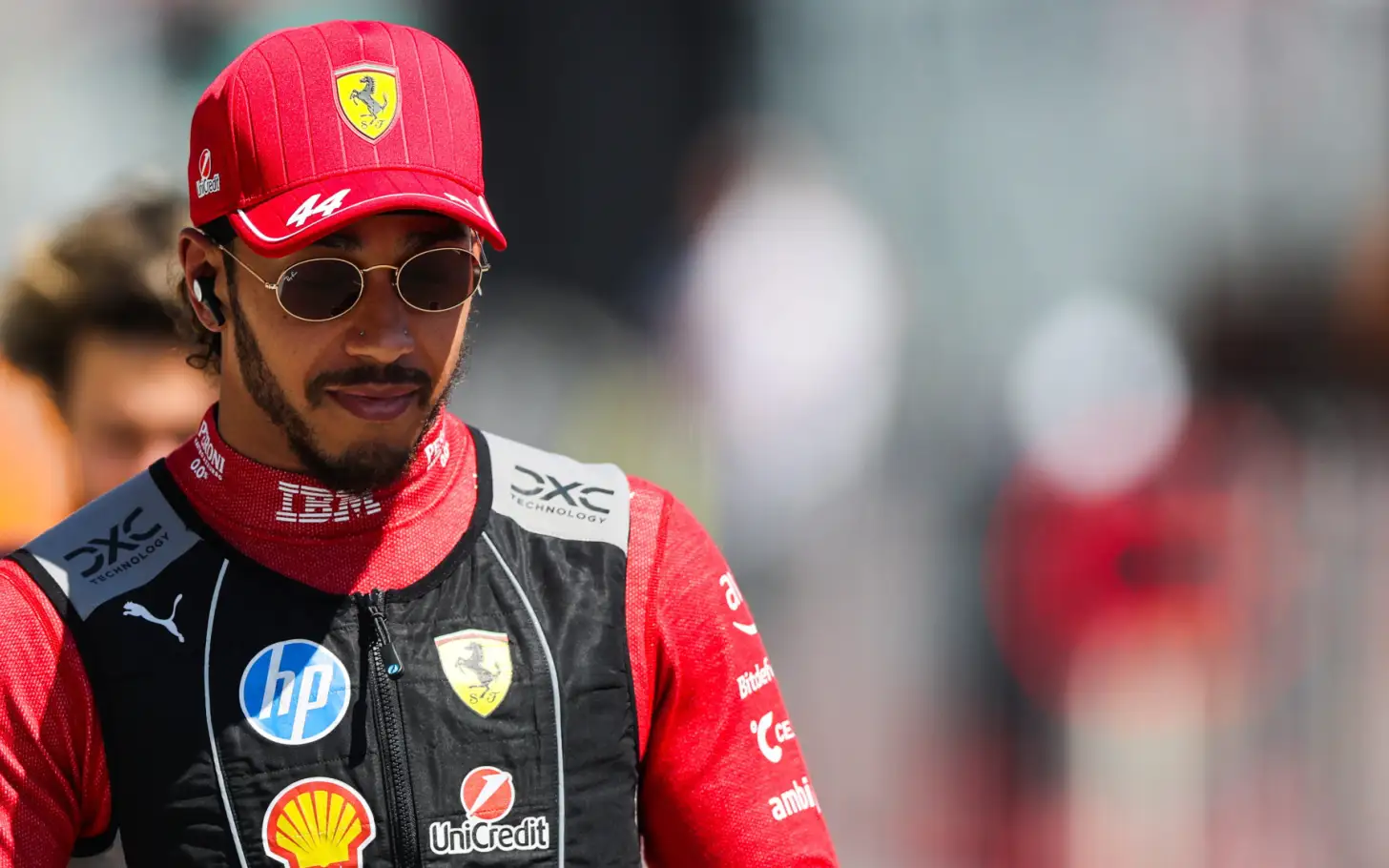Andrea Stella has blamed factors beyond McLaren’s control for the team’s….read more
Andrea Stella, Team Principal of McLaren, has explained the reasons behind the team’s inability to challenge Max Verstappen during the Japanese Grand Prix, despite strong showings from both Lando Norris and Oscar Piastri. While McLaren had a solid strategy, factors beyond their control played a significant role in limiting their ability to mount a more aggressive challenge to Verstappen, who dominated the race after securing pole position.
From the outset of the race, Verstappen’s pole position gave him a major advantage, with overtaking proving extremely difficult around the Suzuka circuit. Moreover, the tyres showed very little degradation during the race, making it even harder to gain ground through pit stop strategies or other strategic moves. As it became evident that a change in the race’s dynamic would require a strategic gamble, McLaren opted to follow a more conservative approach with both of their drivers, keeping them on similar pit strategies.
Norris and Piastri were pitted in relatively close succession. Piastri entered the pits on Lap 21, with Norris following him a lap later, at the same time Verstappen made his own stop. McLaren did not attempt any radical strategy changes, such as allowing Norris to stay out in clear air to attempt an overcut, which would have been a risky but potentially rewarding move.
When asked why the team didn’t try to employ this strategy when it became clear that Verstappen was about to pit, Stella explained that the potential downsides made it a difficult decision. “The problem for Lando would be that he would have lost positions to other cars, including Oscar,” said Stella. This was a critical factor, as Norris would have been on worn medium tyres, and with fresh hard tyres on the cars that had already pitted, Norris would have struggled to maintain pace.
The situation became clearer when George Russell’s performance on the hard tyres stood out. Russell had pitted early and was showing significantly faster times on his fresh hard tyres, which demonstrated the advantage of the new rubber. However, Stella emphasized that Suzuka presented unique challenges. “The tyres almost don’t degrade at all from one lap to another,” he noted, with lap times remaining consistent and no significant fall-off in performance. This made it harder for any strategy, such as an overcut, to succeed as it would in other races where there’s more significant tyre wear.
With the low degradation nature of the race, McLaren also considered stopping Norris earlier for a more traditional undercut, a strategy that had been discussed on the team radio on Lap 19. Despite the possibility, Stella noted that executing the undercut came with risks. “By giving up track position, you also expose the car that you pit to a Safety Car risk,” he explained. In the event of a Safety Car, Norris would have lost positions, as other drivers would have benefited from the race neutralization. In hindsight, Stella admitted that without a Safety Car deployment, they might have been able to try an undercut, but the risk was still too high to take such a gamble.
Looking back at the race, Stella reflected on the fact that the low tyre degradation played a huge role in the decision-making process. “I don’t think we could have overtaken a Ferrari or a Mercedes,” he said. The overall conditions of the race simply didn’t provide McLaren with the same advantages they might have been able to exploit in other scenarios, leaving them with few options to challenge Verstappen at the front.
Another question that arose during the race was whether McLaren should have instructed Norris and Piastri to swap positions, particularly after it appeared that Piastri had better pace for much of the second stint. However, Stella disagreed with the assumption that Piastri was consistently faster than Norris. “I don’t think it was so clear that Oscar was faster,” he remarked. He further explained that while Norris was attempting to close the gap to Verstappen, the loss of grip when he was within a second of the leader made it extremely difficult for him to close the distance further.
Norris’s effort to gain on Verstappen wasn’t simply hindered by Piastri’s pace, but also by the challenging nature of the track, where overtaking required a significant performance advantage. “Lando was trying to get close to Verstappen with maximum momentum, but it was difficult,” Stella said. “You need seven or eight tenths of performance advantage to be able to overtake at Suzuka.” This further highlighted the difficulties McLaren faced in trying to take any strategic advantage.
In conclusion, McLaren’s race strategy in the Japanese Grand Prix was shaped by a combination of factors that were largely out of their control. While Verstappen’s pole position gave him a strong lead, McLaren’s conservative approach to pit stops, combined with the low tyre degradation at Suzuka, made it nearly impossible to challenge for the win. Despite solid performances from Norris and Piastri, McLaren’s options were limited, and their strategy was ultimately designed to avoid unnecessary risks that co
uld have backfired.




